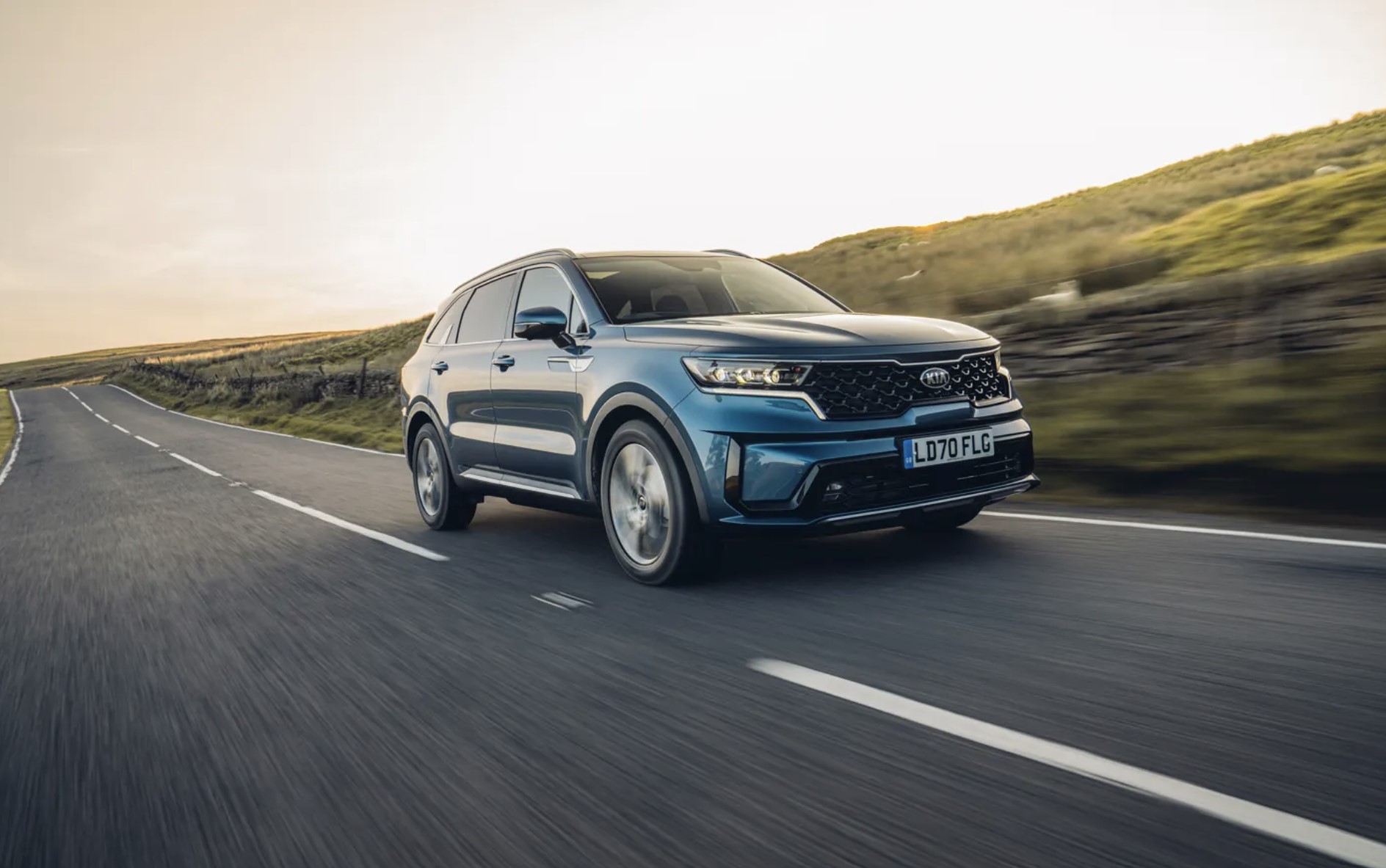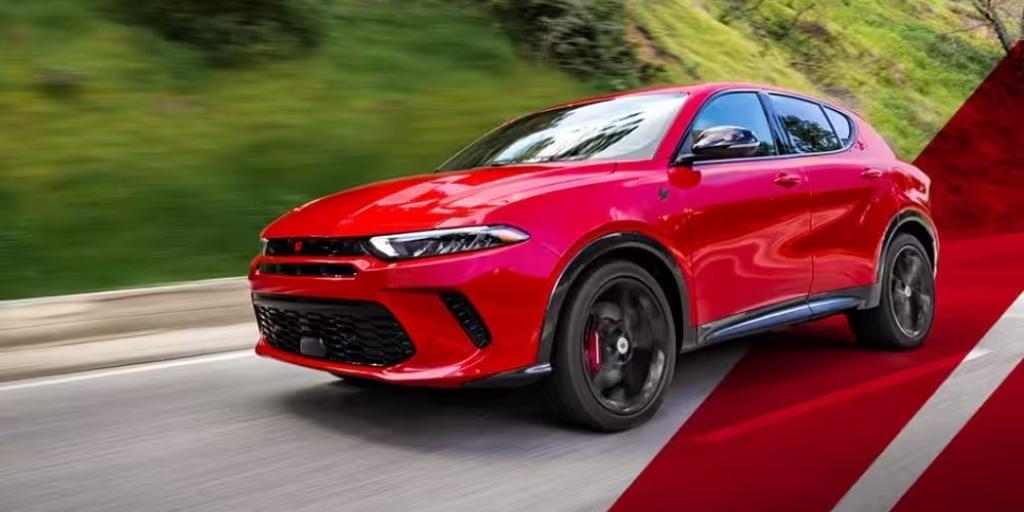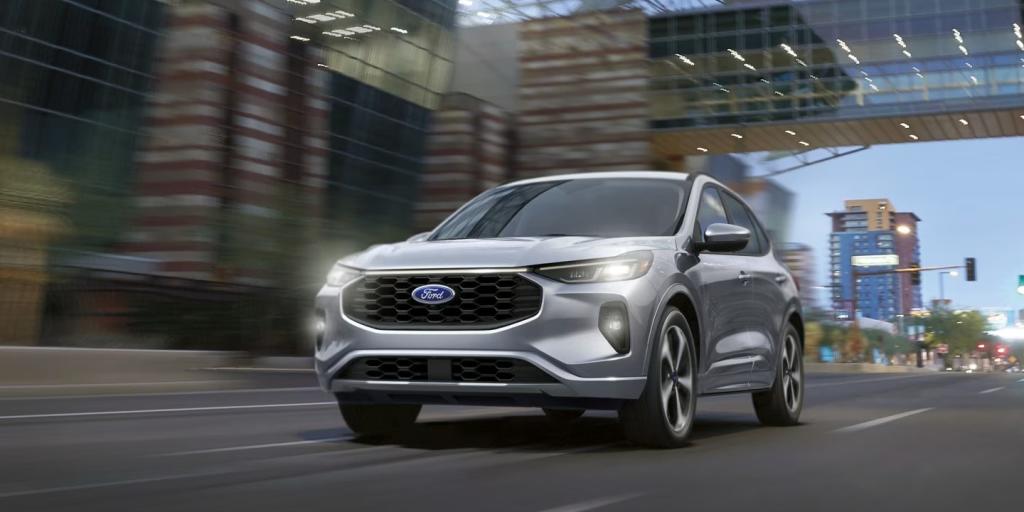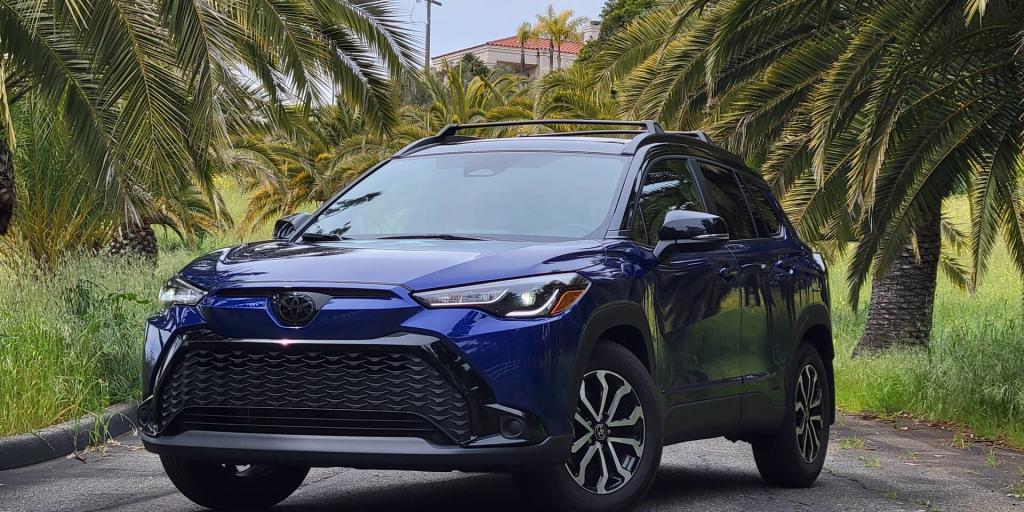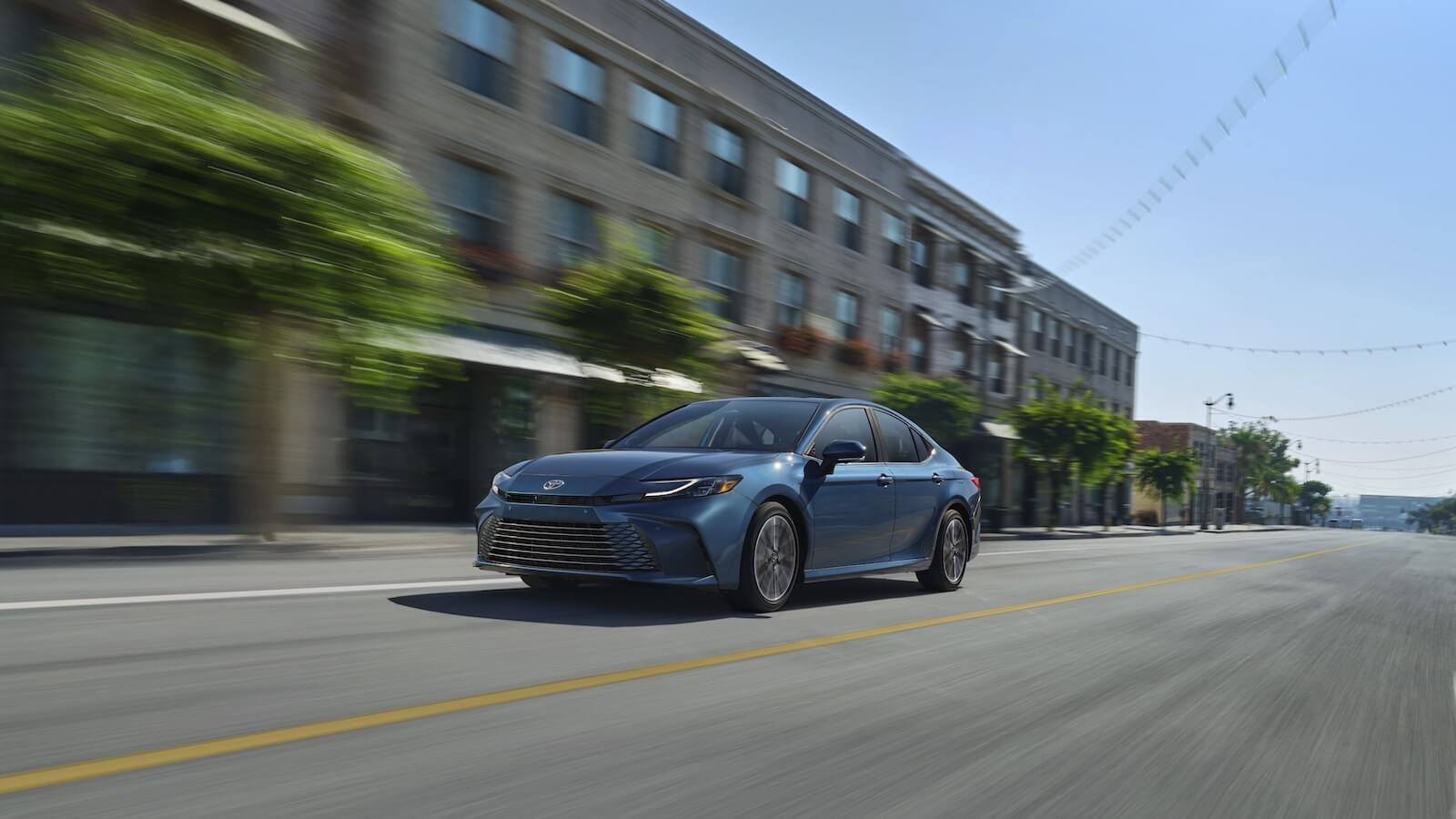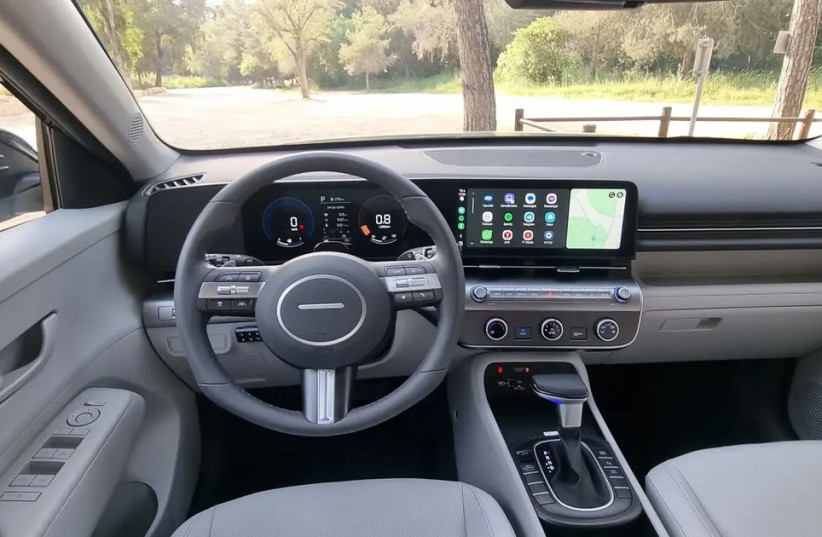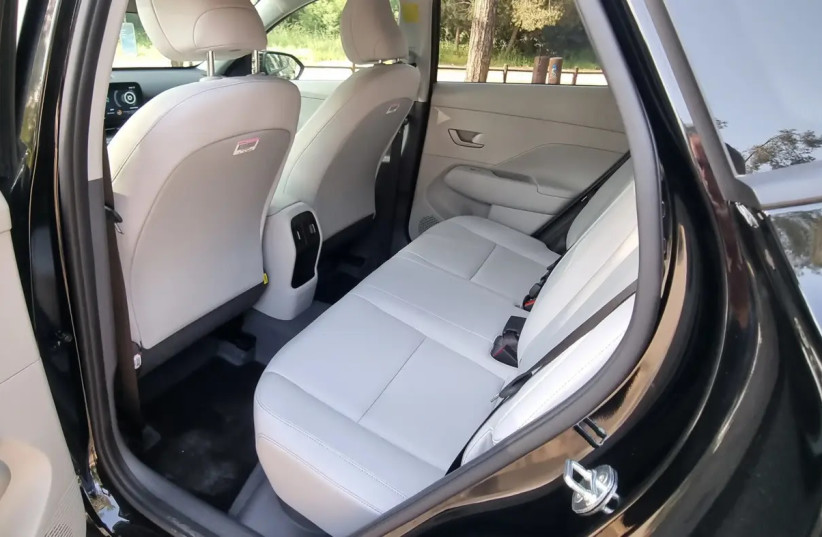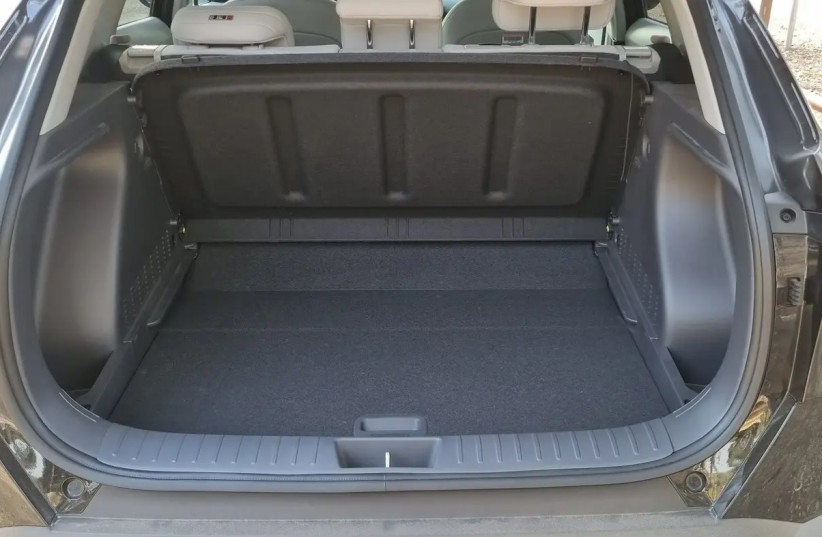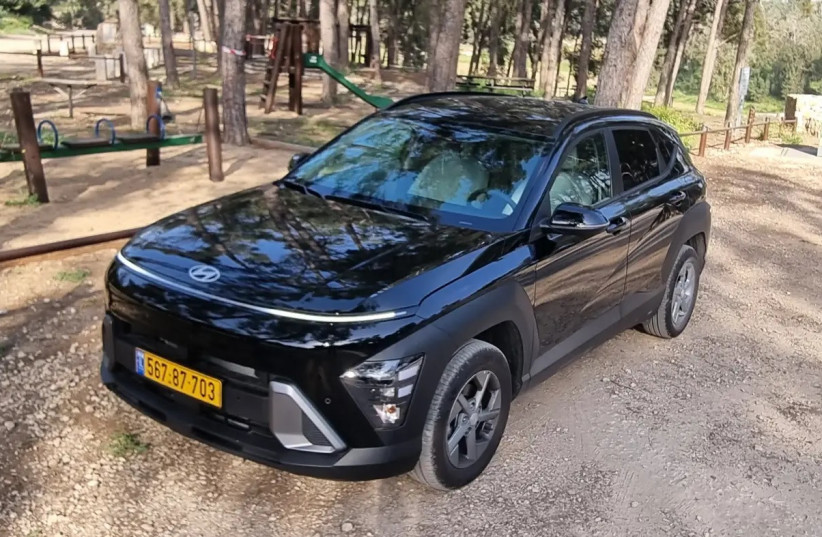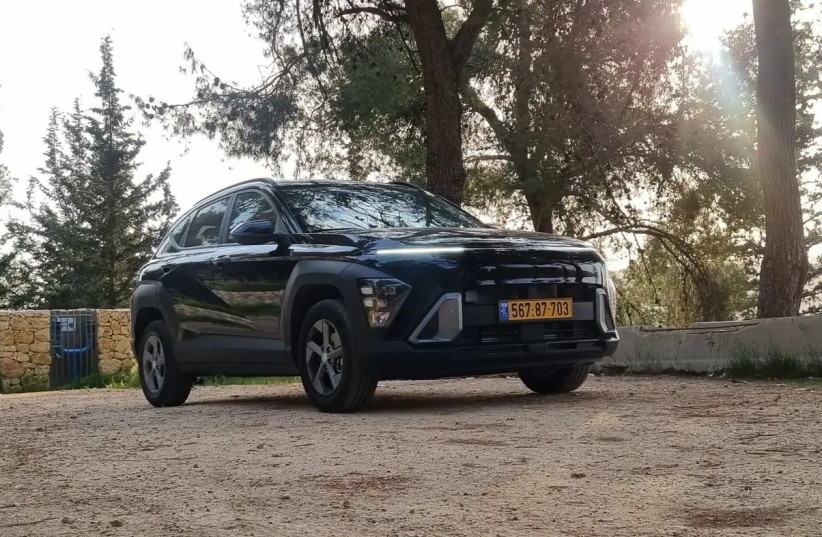When Lamborghini first introduced the Urus SUV, critics were skeptical. It was seen more as a trend than a legitimate performance car. Little did they know how popular this sporty, compact V8-powered SUV with 657 hp would prove: In 2023, after just six years, the Urus accounted for 60% of Lamborghini’s sales, selling more than 6,000 units.
Last week, Lamborghini introduced a redesign of the Urus that’s intended to continue the trend. The redesigned Urus is designated “SE:” “S” indicates the S trim of the SUV and “E” designates the addition of a plug-in electric power train. The idea behind this technology is to boost the performance of the gas engine with a jolt of electricity.
The Urus SE plug-in hybrid electric adds a 25.9 kWh electric system to the V8 engine of the S model, taking the SUV’s horsepower from 657 to 789. And its $258,000 starting price is about a $23,000 premium over the S model (but still less than the Performante, priced at about $260,000, which generates 657 hp and has enhanced suspension and other race-capable features).
And then, the Urus SE holds a little secret: Among its 11 drive modes is Max Performance, a launch mode that sends all 789 hp instantly to the wheels for a 20-second blast of power.
I got a peek at the Urus SE in New York at Club Lamborghini, the brand’s dedicated space in Manhattan’s Chelsea neighborhood. And I was able to climb in and experience the entire car, powered but not drivable, to see what this special SUV is all about.
Electric Driving When You Want, Electric Boost When You Need It
The Urus SE hybrid gives drivers a choice in how they use the battery electric power. Some may appreciate that electric driving—the Urus SE has an all-electric range of about 35 miles—reduces the conspicuousness of this car. This will no doubt be an advantage late at night or on quiet neighborhood streets.
But drivers who are after all the power the hybrid powertrain can produce will enjoy getting to know the Urus SE’s 11 drive modes.
Yes, 11 drive modes. They are found on two drive mode selectors: one on the left of the red aluminum framed start button and one on the right. The left drive mode selector offers Lamborghini’s standard drive modes—Strada, or street; Sport and Corso, or track. Urus offers three additional modes that allow drivers to take advantage of Urus’ higher ground clearance and all wheel drive: Sabbia (sand), Terra (off road) and Neve (snow).
The hybrid gear selector on the right of the start button adds four more: With Strada mode selected, EV mode can be used for all electric driving; tap hybrid mode for combined gas and electric or tap recharge to reduce electric output and charge the battery. Or, put the left mode selector into Corso and tap Performance mode on the right. This will maximize the electric boost of the hybrid system.
Max Performance Is A 20-Second Blast Of Wow
Performance mode is Lamborghini’s launch control system, a favorite of electric car engineers who have found that the technology easily mimics more complicated launch control systems designed for drag racing in cars such as the Mustang GT and the Dodge Challenger Demon. When Max Performance is selected, a countdown clock pops up on the driver display giving the driver 20 seconds of instant 789 hp.
If the process is too much manage on a sporty drive, there’s a small button on the lower right side of the steering wheel with a stopwatch icon; just tap that and instantly the system switches to Max Performance mode. The driver can simply floor the accelerator for what promises to be quite the thrill.
A Redesign That Offers More To Love
The redesign of the Urus isn’t simply about added power; it has subtle new details inside and out, too. On the exterior, the Urus SE has a new hood line that draws on the design of the Lamborghini Revuelto, the brand’s first plug-in electric hybrid, as well as new headlights and lower air intake vents. On the rear, there’s a new diffuser that incorporates the brand’s heritage hexagonal design language and frames the iconic Y design tail lamps.
Inside, the Urus continues its “jet cockpit” design with control panels under the screen that hold toggle switches for Ego (eco mode), traction control and window defrosters. Taking a few cues from sister SUVs, Porsche Cayenne and Audi Q8, there is a larger multimedia screen and more conveniences, including electric performance monitoring. All drive modes can be selected on the multimedia screen, too.
A second screen below the multimedia screen holds climate controls; it is now a bit larger, too.
The interior is finished in a combination of black leather with orange accents, carbon fiber and microsuede, the ideal upholstery to keep driver and passengers from sliding around on the drive. The flat-bottomed steering wheel is wrapped in microsuede giving the driver optimal grip.
The front seats have adjustable side bolsters to further keep driver and passenger from moving around. And they feature heating, cooling and massage, an important stress-reducer after a long day on the track.
The Urus SE comfortably seats 4 or 5 passengers. Rear seat passengers will be able to sit back in leather and microsuede bucket seats and have climate controls, air vents, USB-C ports and an arm rest with cup holders that pulls down from the center of the seat back. A panoramic sunroof spans the cabin, and a nicely sized cargo area under the hatch thoughtfully includes a cargo management system to ensure groceries or luggage are secure during the drive.
Luxurious Design, But A Subtle Nod To Urus SE’s Power
The Urus SE will make its way to dealers by the end of the year, though it’s available for pre-order right now. The model we toured featured all the luxury details a buyer would expect, and was shown in one of two new paint colors: a bright orange metallic—orange being an iconic luxury signaler—called Arancio Egon. The other new color is called Bianco Sapphirus, a sparkly metallic white.
The name Lamborghini, spelled out across the lift gate in gloss black in the brand’s iconic cursive, sits just under the rear spoiler. But the Urus name and SE designation are absent. The model’s name is only found subtly spelled out on the lower rocker panel near the rear wheels. This, and a quiet electric drive, are the only external indicators that this is the most powerful Lamborghini Urus on the road.

